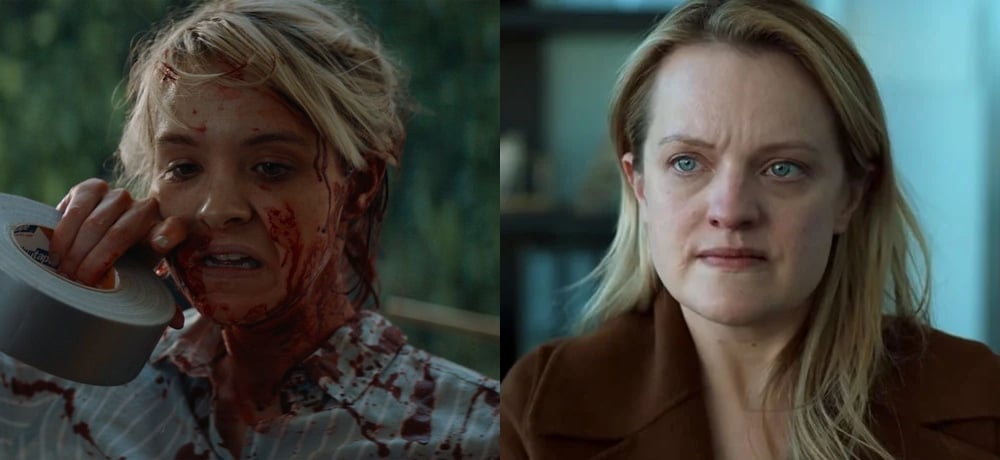


When we think about horror, it’s natural to focus completely on the monsters. Those creepily charismatic and horrifying icons of that which terrifies us the most. The monster may make the movie, but the final girl is the unifying force that brings us together as devotees of horror.
Would Michael Myers be nearly as terrifying if we did not see how mercilessly he pursued Laurie? Where would Ghostface be without Sidney? Final girls are not only essential to contextualizing the monsters of horror, but they are the anchor that grounds these tales of terror in our society. For decades of film, the final girls of horror have represented the fears of the moment, the expectations of culture, and, here lately, the rejection of those limitations and norms. Final girls have been fighting battles on the field of culture and gore from the beginning, but the monster has evolved.
The villains of horror are no longer as cut and dry as a Shape of pure evil or an allegory sent to punish those that strayed from the morals of the moment. The monster the contemporary final girl battles is more instantly recognizable, more familiar. Men with ill intent are just as much the number one threat to women in horror movies now as they have ever been, but they’re no longer given the courtesy of portrayal. Final girls represent the standard bearer of our larger social concerns and in a post-#MeToo cultural moment, where our tolerance for predators is at an all-time low and dropping, they are furthering the movement for ruthless retribution.
An excellent example of the final girl’s new look and more grounded realism can be found in the 2020 remake of The Invisible Man. Yes, the titular Invisible Man is a famous monster and familiar to us as a fictional creation. But he’s familiar to the contemporary viewer for another reason entirely. Adrian is the embodiment of every untouchable man that hid behind power and privilege to inflict harm upon his partner. Cecilia takes up the mantle for every victim of domestic violence of relationship abuse that must constantly look over her shoulder and relive her trauma, all while being blamed and gaslit by society at large. Cecilia’s fight against Adrian is deeply personal and gendered.
A more stylized approach to this notion of deeply gendered modern horror is the film Lucky. Lucky speaks to a much broader version of the invisible terror that plagues women. In the film, we discover that every woman is confronted on a daily basis by a faceless man that is hellbent on her destruction. The terror and threat to her life is constant and appears around every corner. The threat exists in her workplace, in a parking garage, and even in her own home. In fact, this threat is so universal and commonplace that no one cares about the individual horrors the women of Lucky are facing.
Female terror, in the form of a culture of assault and harassment, has historically been minimized. It’s uncomfortable to confront and even harder to pin down, when so many of our built-in cultural norms offer a free pass. Horror has always moved as a shadowy parallel to our cultural morals, the threat that keeps us on the straight and narrow. This new wave of horror, as gendered activism, dares to step out of the parallel plan and right into the middle of our path. Horror acts as confrontation and vengeance rather than whispered warning.